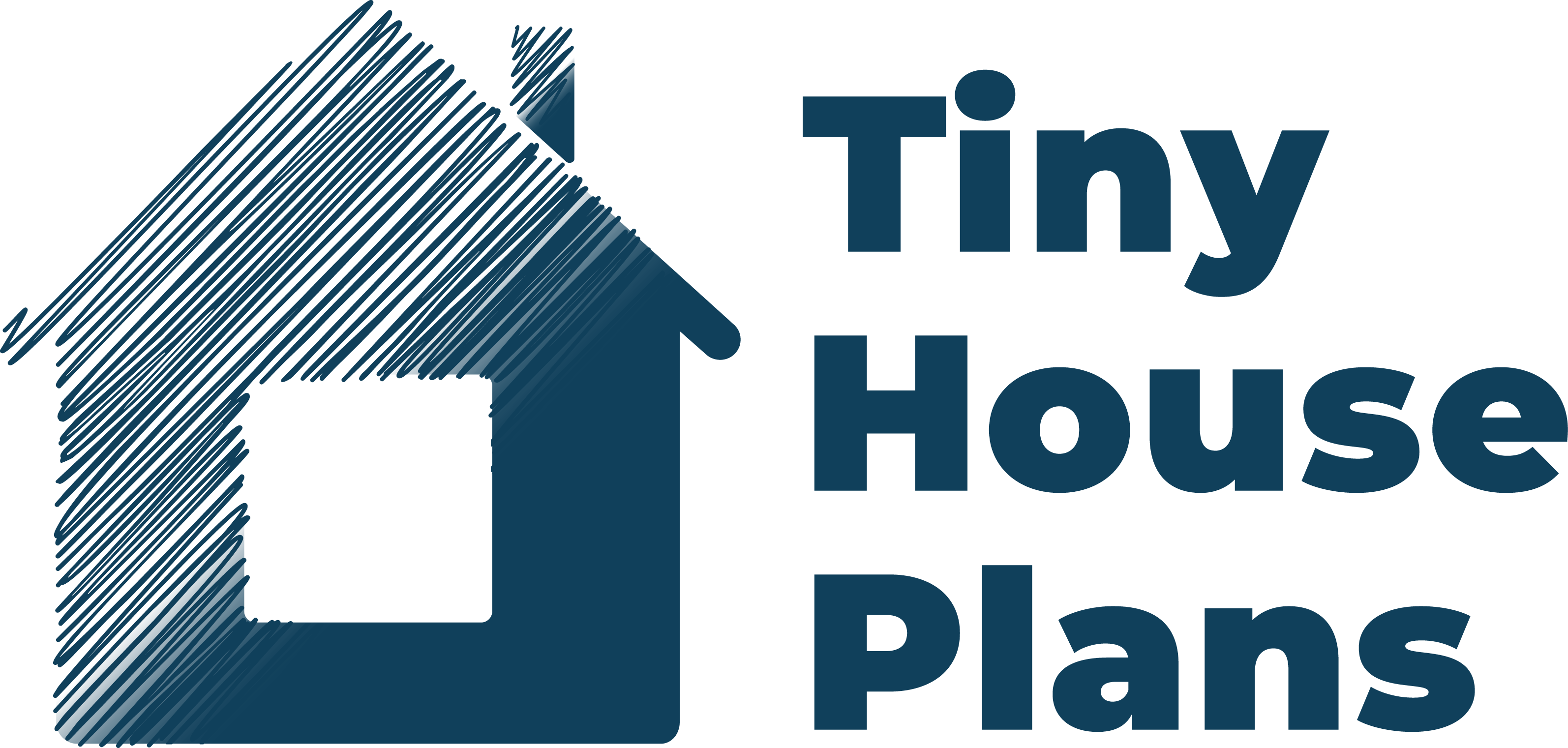To choose the right tiny house floor plan, start by evaluating your lifestyle needs. Think about your daily routines, like cooking habits and workspace requirements. Consider family size too; you'll need different arrangements for kids versus singles. Evaluate your design preferences—do you prefer an open layout or separate rooms?
Budget constraints are key, so prioritize features that matter most while exploring affordable options. Finally, explore smart storage solutions to maximize functionality. By reflecting on these elements, you'll tailor a tiny house that truly aligns with your life, and there's more to uncover to make this process smoother.
Key Takeaways
- Assess your daily routines and essential comforts to align the floor plan with your lifestyle needs.
- Consider family size and individual needs to create a functional living space for everyone.
- Evaluate design preferences to reflect your personal style and enhance the atmosphere of your tiny home.
- Factor in budget constraints to prioritize features and ensure financial viability throughout the building process.
- Explore innovative storage solutions to maximize space efficiency and maintain a clutter-free environment.
Assess Your Lifestyle Needs
How do you envision your daily life in a tiny house? Start by evaluating your lifestyle needs. Think about your daily routines, hobbies, and what's essential for your comfort. Do you need a dedicated workspace for remote work, or is a cozy nook for reading more your style? Consider your cooking habits—will you whip up gourmet meals or stick to quick snacks?
Storage is vital, too; assess what items you can't live without and how they'll fit in your tiny home. Reflect on how much time you spend outdoors versus indoors. By clearly identifying your priorities, you'll create a tiny house floor plan that aligns with your lifestyle, making your home efficient and enjoyable. Keep these factors in mind as you design your perfect space.
Consider Family Size
When evaluating your tiny house floor plan, it's crucial to take into account the size of your family. Consider how many people will be living in the space and their individual needs. If you've got young children, you might want a layout with separate sleeping areas or flexible spaces that can adapt as they grow.

For couples or singles, a more open design may suffice, allowing for a cozy yet functional living area. Don't forget about storage—more family members often mean more belongings. Think about communal spaces for family activities, too. By understanding your family dynamics, you can choose a floor plan that supports everyone's comfort and lifestyle, creating a harmonious environment in your tiny home.
Evaluate Design Preferences
After considering your family's size, the next step is to evaluate your design preferences. Think about your personal style—do you lean towards modern minimalist or cozy rustic aesthetics? Consider how you want your space to feel. Open layouts can create a sense of spaciousness, while defined rooms offer privacy.

Don't forget about functionality; prioritize features that enhance your daily living, like a kitchen layout that suits your cooking habits or a living area that accommodates gatherings. Lighting is another essential element—natural light can make a tiny space feel larger and more inviting. As you reflect on these aspects, remember that your tiny house should reflect who you are and cater to your lifestyle needs.
Factor in Budget Constraints
Budget constraints play an essential role in choosing the right tiny house floor plan. Start by determining your overall budget, including costs for land, materials, and labor. Once you've set a budget, prioritize your needs and wants. Think about which features are non-negotiable, like a full kitchen or a lofted sleeping area, and which can be scaled back.

Research various plans that fit within your financial limits, considering both DIY options and professional builds. Remember, opting for a simpler design can save you money while still offering a functional living space. By aligning your floor plan with your budget, you'll create a tiny house that not only meets your lifestyle needs but also keeps your finances in check.
Explore Storage Solutions
As you plunge into the world of tiny house living, maximizing storage solutions becomes essential for maintaining an organized and functional space. Start by utilizing vertical storage; shelves and cabinets that reach the ceiling can free up valuable floor space. Consider multi-functional furniture, like a bed with built-in drawers or a coffee table that doubles as storage.
Don't overlook underutilized areas, such as under the stairs or beneath furniture. Hooks and pegboards can keep items off the ground while adding a decorative touch. Finally, embrace minimalism—only keep what you truly need and love. By strategically planning your storage, you'll create a home that feels spacious and welcoming, making tiny living not just possible, but enjoyable.
Conclusion
Choosing the right tiny house floor plan is all about aligning it with your unique lifestyle. By evaluating your needs, considering your family size, and reviewing your design preferences, you can create a space that truly feels like home. Don't forget to factor in your budget and explore clever storage solutions to maximize functionality. With careful planning, you'll find a tiny house that not only fits your lifestyle but also enhances it, making every square foot count.






Share: